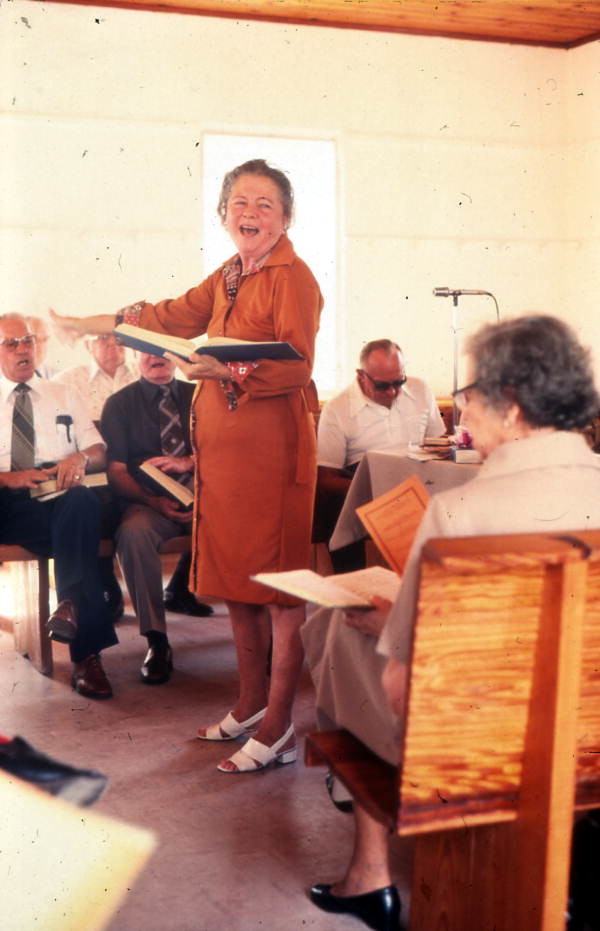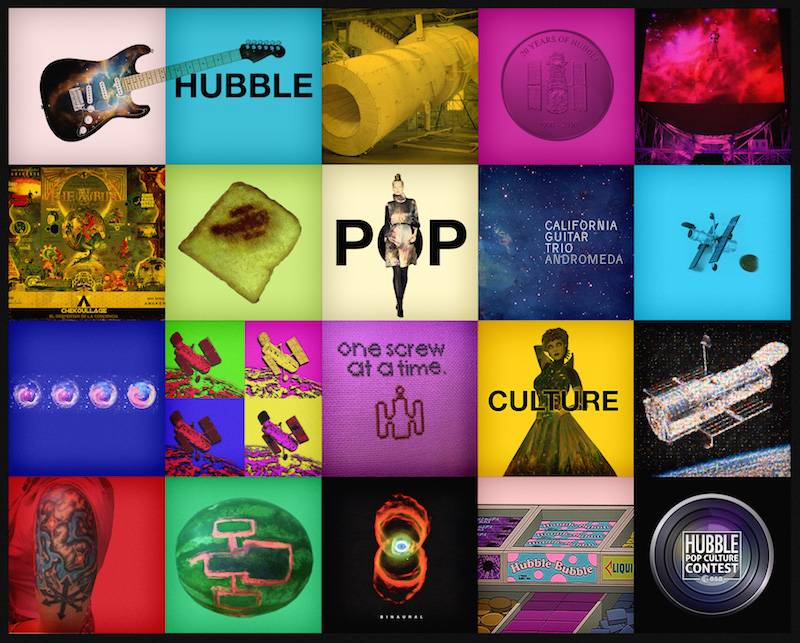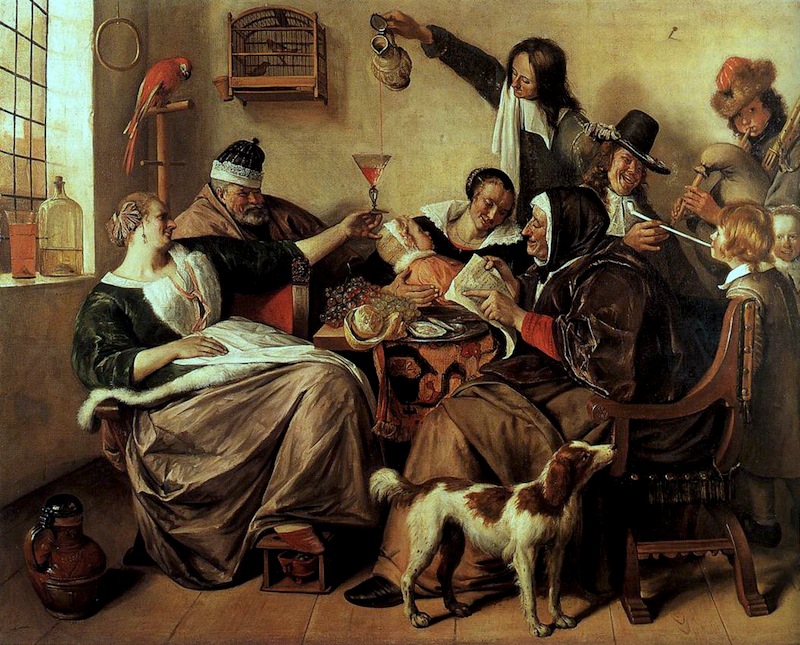Why Leisure Matters - Part 2 of 2
Joy and Matthew Steem
 Read Part 1
Read Part 1
For Josef Pieper, leisure is certainly connected to the older Platonic and Aristotelian concept of leisure as contemplation; however, it’s more than just that. For him, in the classical sense, leisure was something tied to the liberal arts: human activities that are separate from the servile works (those works that have a utilitarian purpose) and which have an end beyond themselves—a practicable, utilitarian result.
But leisure is not merely contemplation. Pieper calls it "a mental and spiritual attitude" and "a condition of the soul” that goes against the "exclusive ideal of work as activity.” Instead, this attitude is one “of non-activity, of inward calm, of silence; it means not being busy but letting things happen."
It is possible that some may read Pieper’s views and wonder if he considers work ethic alone as a bit … shallow. Is he saying that leisure ameliorates a working life?
No indeed. Yes, Pieper believes leisure can restore a person’s mental, physical, and even psychical state, but its impact is far greater than that. He goes so far as to call leisure “the power of stepping beyond the workaday world, and in so doing touching upon the superhuman life-giving powers which, incidentally almost, renew and quicken us for our everyday tasks.” He sees leisure as a means to opening the “gate to freedom,” where one can escape the world “where work and unemployment are the two inescapable poles of existence.’”
Many times we do not attain leisure precisely because we haven't a clue about the function of work and what humans are actually placed on earth for. It is a confusion related to issues such as materialism and consumerism.
When another excellent author, Sebastian de Grazia, was asked what his book Of Time, Work, and Leisure was about, he said his questioners laughingly had responses such as: “when you find out where to get it, let me know, because I desperately want some.”
To read Pieper is to rediscover “the point and the justification of leisure.” It is ultimately a pursuit of wholeness.
To be human is to be whole; and work alone will never make us whole. Work is but a part of our life: it contributes to our needs. However, it is never an end. Pieper tells us that if we feel that we must always be working, it may
be ultimately due to the inner impoverishment of [that] individual: in this context everyone whose life is completely filled by his work ... has shrunk inwardly, and contracted, with the result that [he] can no longer act significantly outside his work, and perhaps can no longer even conceive of such a thing.
This last part “and perhaps can no longer even conceive of such a thing,” seems to speak to many of our culture, no? How tragic. Thomas Merton, who loved silence for its stilling and centering effect, spoke against the seeming need of our society to dull our real human desire to be whole. He saw noise as an opiate.
We want noise because we are not comfortable—yet we know something is amiss. You will probably recall that Pascal spoke of this a long while back: “All human unhappiness comes from not knowing how to stay quietly in a room.” Pieper speaks to the silence issue as well. He tells us “leisure is a form of silence, of that silence which is the prerequisite of the apprehension of reality: only the silent hear and those who do not remain silent do not hear.”
And so back to the initial assertion about work being divine, and to repudiate it is to commit suicide. This is partly true. We are to take value in work. But this is not the ultimate conclusion of our life. We are to live, and to know why we live requires leisure.
 On the first day of 7th grade my history teacher asked us to write down a nickname she should use for us in class. Did she mean we could choose a nickname we wanted to be called by? An Aaron by any other name? I had felt so penned in by name at 12. It had already been egregiously mispronounced (“erin”) and misspelled (I possess a litany of incorrect name tags). Back then I didn’t know of any really admirable Aaron’s either —
On the first day of 7th grade my history teacher asked us to write down a nickname she should use for us in class. Did she mean we could choose a nickname we wanted to be called by? An Aaron by any other name? I had felt so penned in by name at 12. It had already been egregiously mispronounced (“erin”) and misspelled (I possess a litany of incorrect name tags). Back then I didn’t know of any really admirable Aaron’s either — 















